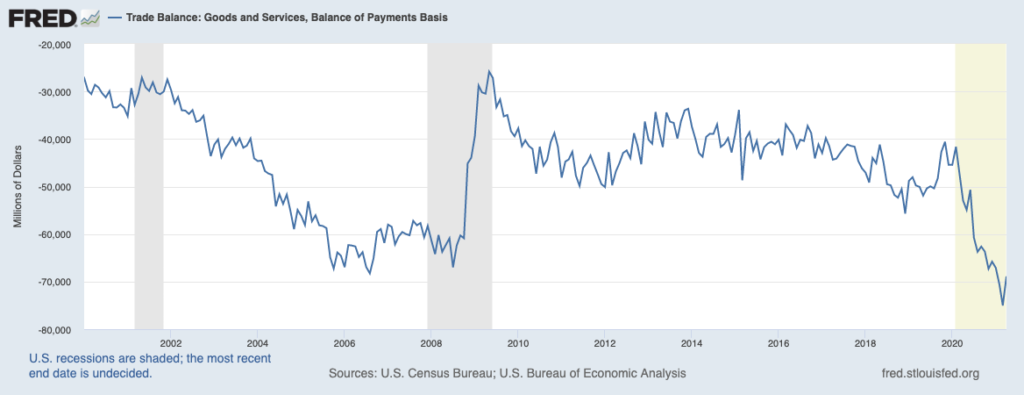Throughout the subway system in London, riders are constantly reminded, both visually and audibly, to “mind the gap.” The reason this is done is to try and help passengers keep from tripping on that “gap” that exists between the platform and subway car. It seems that we need to issue the same warnings when markets gap higher or lower, as many a trader is liable to get “tripped up” if they are not paying attention. After prices gapped higher as trade kicked off for the week, it appeared that we had officially entered a weather-scare market, but by the time the closing bell had sounded, it looked more like a slight startle than a real scare. Do keep in mind, gaps do still exist in December corn and November beans, but with the apparent loss of positive momentum we witnessed, the upside potential could be tempered a bit.
While it was certainly not a surprise, the conditions rating for corn slipped a bit last week, with 72% of the crop rated good/excellent. We are now 3% below last year at this date. If there were decent rains in the forecast, it would be easy to dismiss, but as it stands, one has to suspect they will drift a bit lower again next week. Soybean planting has moved up to 90% complete, compared with 79% on average, and the first condition report for the year has 67% of the crop rated good/excellent. A year ago, it was 72%. Cotton planting continues to lag the norm, with 71% complete versus 78% on average. Winter wheat condition improved slightly, moving from 48% good/excellent to 50%, but spring wheat moved the other direction, sliding from 43% good/excellent to 38%.
In Brazil, dry conditions continue to plague the development of corn, and this week, Dr. Cordonnier lowered his corn estimate a full 3 MMT to 92 million. This is now 10 MMT below the current (at least until Thursday) USDA estimate and would be 10 million below last season as well. In Argentina, bean harvest has progressed to nearly 97% complete and should be wrapped up this week. However, corn harvest is 34% complete, which still lags the average of a bit more than 41%. Dr. Cordonnier estimates production of 45 MMT of beans and 46.5 MMT of corn for this nation.
As I noted yesterday, on this coming Thursday’s USDA report, the greatest chance for an adjustment may rest in the South American estimates, and here is what the trade is looking for; Brazilian corn, 97 MMT with beans at 136.1. Argentine corn production of 47 MMT and beans 46.5. Currently, the USDA stands at 102 and 136 for Brazilian corn and beans and 47 and 47 for Argentina. Here are the trade estimates for the rest of the report; Total corn production of 15.009 billion from a yield of 179.4 bpa. 2020/21 ending stocks are expected to slip to 1.203 billion, with 2021/22 then coming in at 1.417 billion. Bean production is expected to total 4.411 billion from a yield of 50.8 bpa. 2020/21 ending stocks of 122 million and 2021/22 increasing to 143. This year’s total wheat production is estimated to reach 1.891 billion bushels, with 2020/21 ending stocks coming through at 868 million and 2021/22 at 781 million.
Looking at the economic front, the April Trade Balance numbers were released this morning, coming in pretty much in line with expectations, and did show a slight improvement from March. We exported $204.99 billion worth of U.S. goods and services and imported $273.89 billion worth during the month. Simple math tells us that equates to a negative $68.9 billion versus a negative $74.4 billion the previous month but keep in mind, that was a record. None of the markets appear to be terribly impressed with the figures. In the macros, we have strong financial instruments, equities fractionally lower, and the dollar a bit higher.
